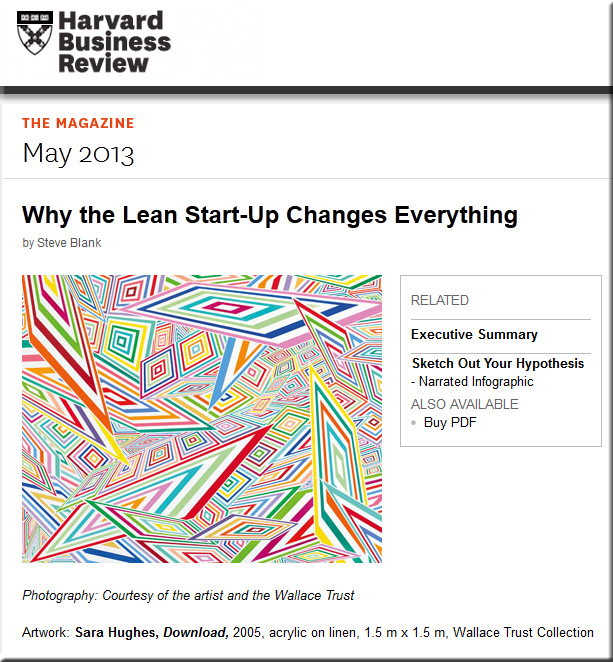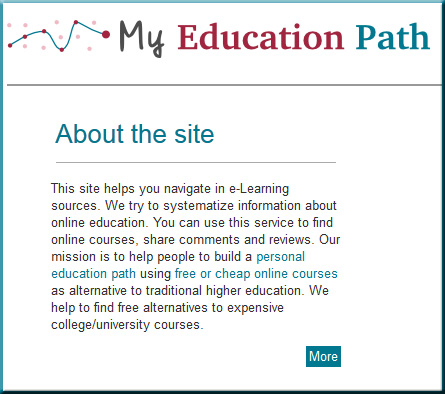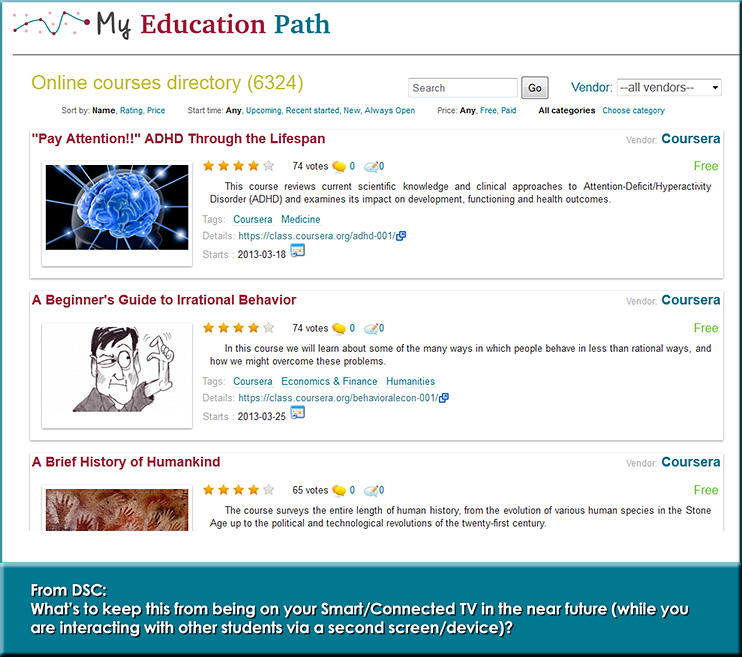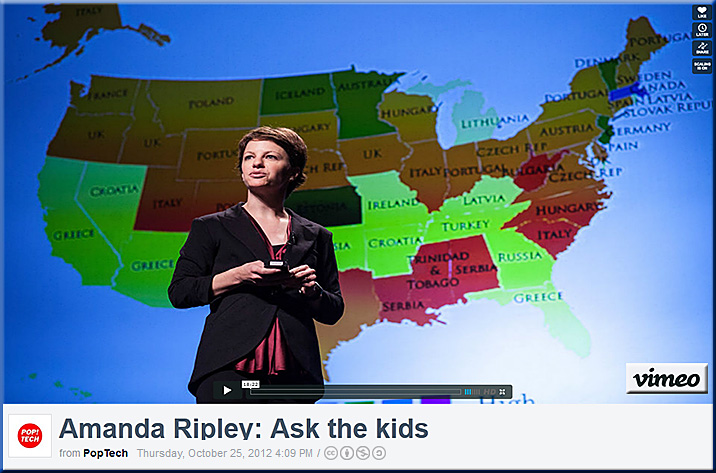Excerpt (emphasis DSC):
But recently an important countervailing force has emerged, one that can make the process of starting a company less risky. It’s a methodology called the “lean start-up,” and it favors experimentation over elaborate planning, customer feedback over intuition, and iterative design over traditional “big design up front” development. Although the methodology is just a few years old, its concepts—such as “minimum viable product” and “pivoting”—have quickly taken root in the start-up world, and business schools have already begun adapting their curricula to teach them.
From DSC:
This fits into my thinking/recommendation that each institution of higher education should create a much smaller, more nimble group within itself — whose goal is to experiment, pivot, adapt, etc. — in order to find out what’s working and what’s not working. It’s why I have categories and tags for words like “experimentation,” “staying relevant,” “reinvent,” “innovation,” “surviving,” and “disruption.”
The trick is/will be how NOT to be a commodity –what’s going to differentiate your college or university?


















